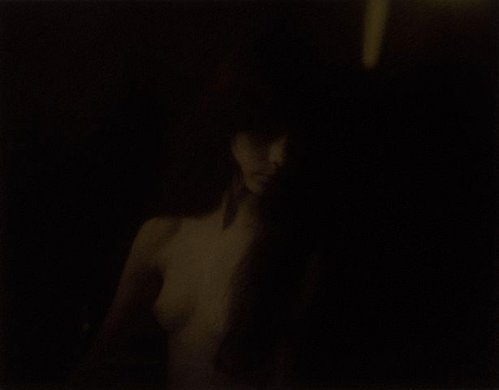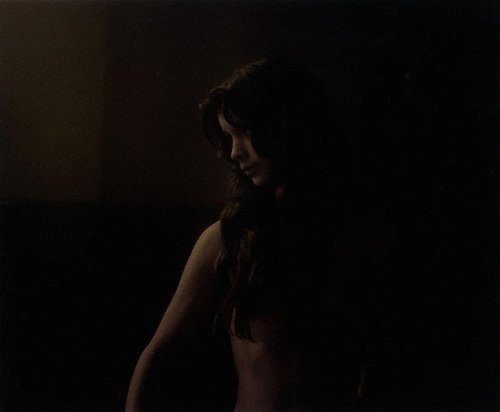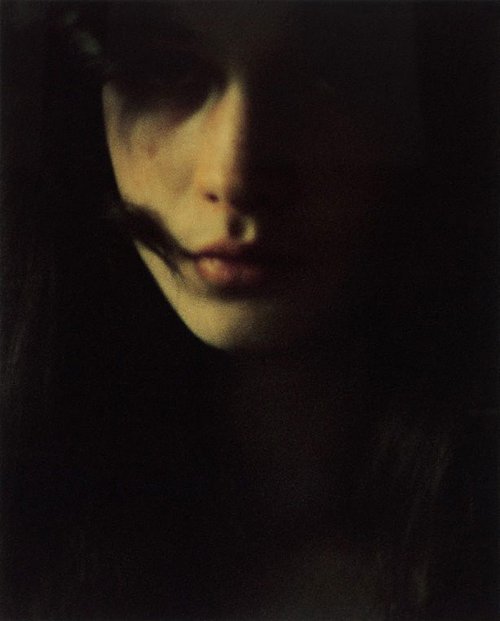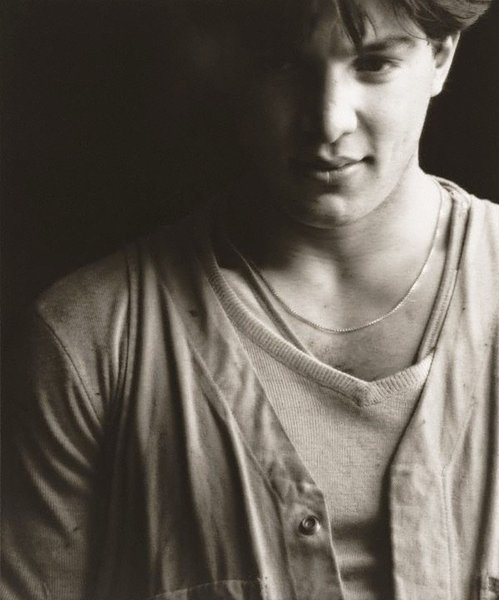-
Details
- Date
- 1976–
- Media category
- Photograph
- Materials used
- type C photograph
- Edition
- 2/10
- Dimensions
- 25.6 x 38.4 cm image; 49.0 x 60.0 cm sheet; 49.3 x 60.4 cm frame
- Credit
- Gift of the artist 2005
- Location
- Not on display
- Accession number
- 98.2005
- Copyright
- © Bill Henson. Courtesy Roslyn Oxley9 Gallery
- Artist information
-
Bill Henson
Works in the collection
- Share
-
-
About
Bill Henson is one of Australia's foremost contemporary artists. He is well regarded internationally: his work was shown at the 46th Venice Biennale 1995, and has been exhibited in New York, Los Angeles, Salzburg and Paris as well as extensively throughout Australia. Henson's first solo exhibition was at the National Gallery of Victoria in 1975, when he was 19. His work has been included in important survey shows such as: 'Australian visions: 1984 Exxon international exhibition' at the Solomon R. Guggenheim Museum, New York, 1984; 'Australian photography in the 1980s', Australian National Gallery, 1988; 'Passages de l'Image', Centre Georges Pompidou, Paris, 1990; and 'Photography is dead! Long live photography!', Museum of Contemporary Art, Sydney, 1996.
Most recently, Henson's work has been shown in 'The promise of photography: selections from the DG Bank collection' P.S.1 Contemporary Art Center, New York, 1999;'Strangers: the first ICP triennale of photography & video', ICP, New York, 2003; 'Ghost in the shell: photography and the human soul 1850-2000' at Los Angeles County Museum of Art, 1999; 'Biennale of Sydney', 2000 at the Museum of Contemporary Art, Sydney, and 'Lightness of being: contemporary photographic art from Australia', 2000 which toured Europe.
In 'Untitled 1976-2005', Henson uses a series of images taken over time to explore the work of the composer Gustav Mahler and the song cycle 'Kindertotenlieder' (songs on the death of children). The five songs in 'Kindertotenlieder' are based on the poetry of Frederick Ruckert and although each deals with the grief associated with losing a child, they speak of light and hope as well. Henson's landscape images were taken in Maiernigg on the Wother See in Austria, where Mahler lived and composed many works.
Sequences are an important part of Henson's work, creating a dialogue between the images and enhancing both the meaning and effect. An image that is hard to discern singularly becomes more readable as part of a sequence, while at the same time the whole sequence seems to become more ethereal and requiring of an emotional response.
-
Exhibition history
Shown in 1 exhibition
Bill Henson, Ian Potter Centre: NGV Australia, Melbourne, 23 Apr 2005–10 Jul 2005




